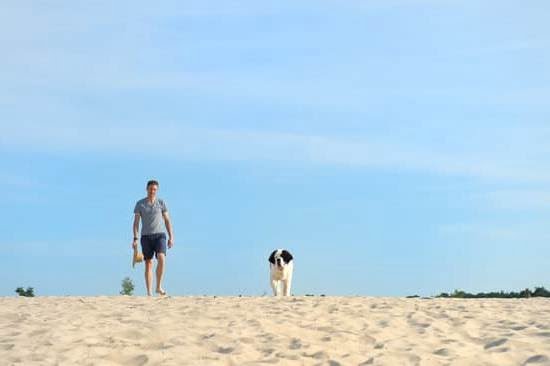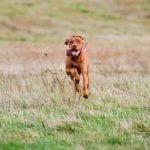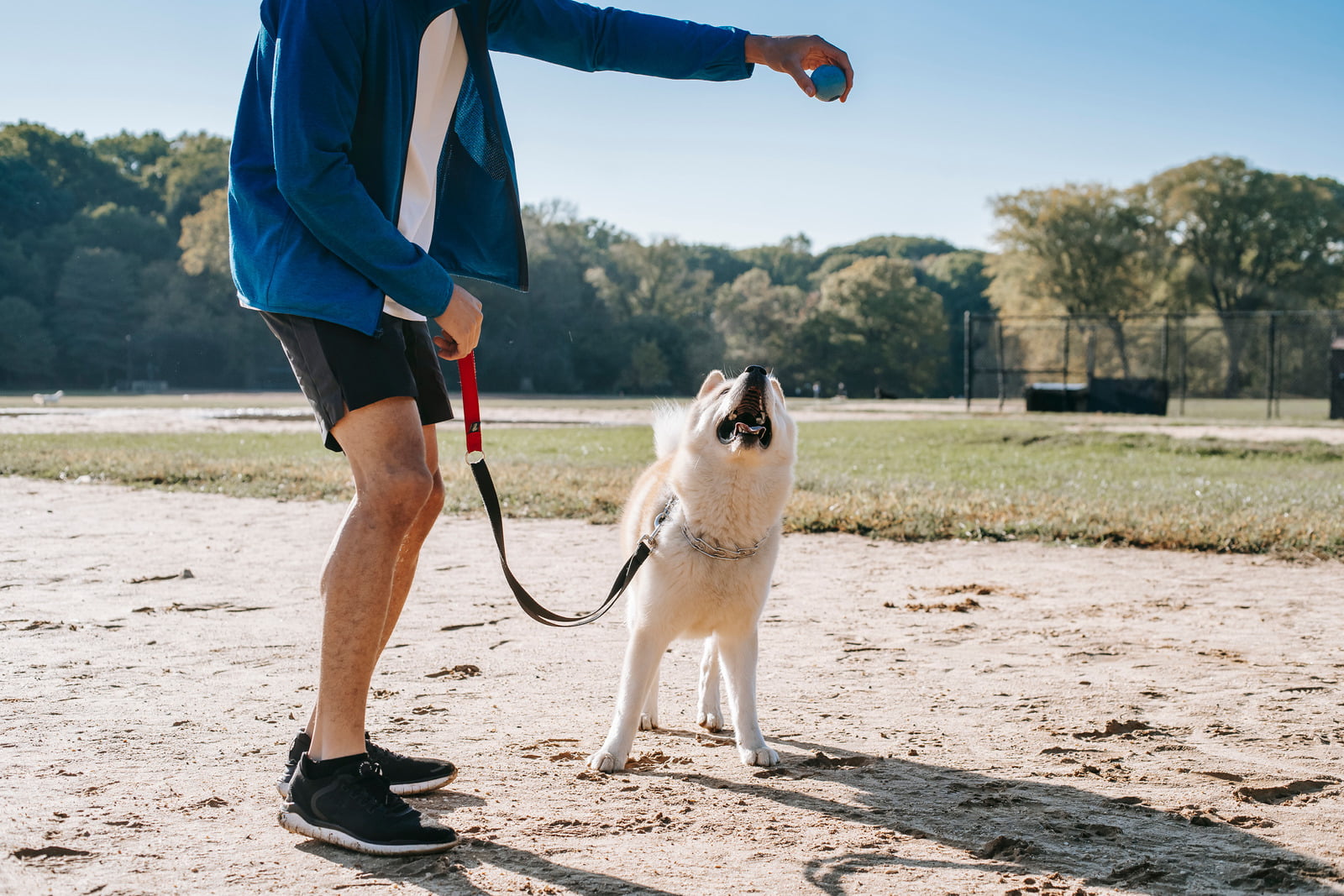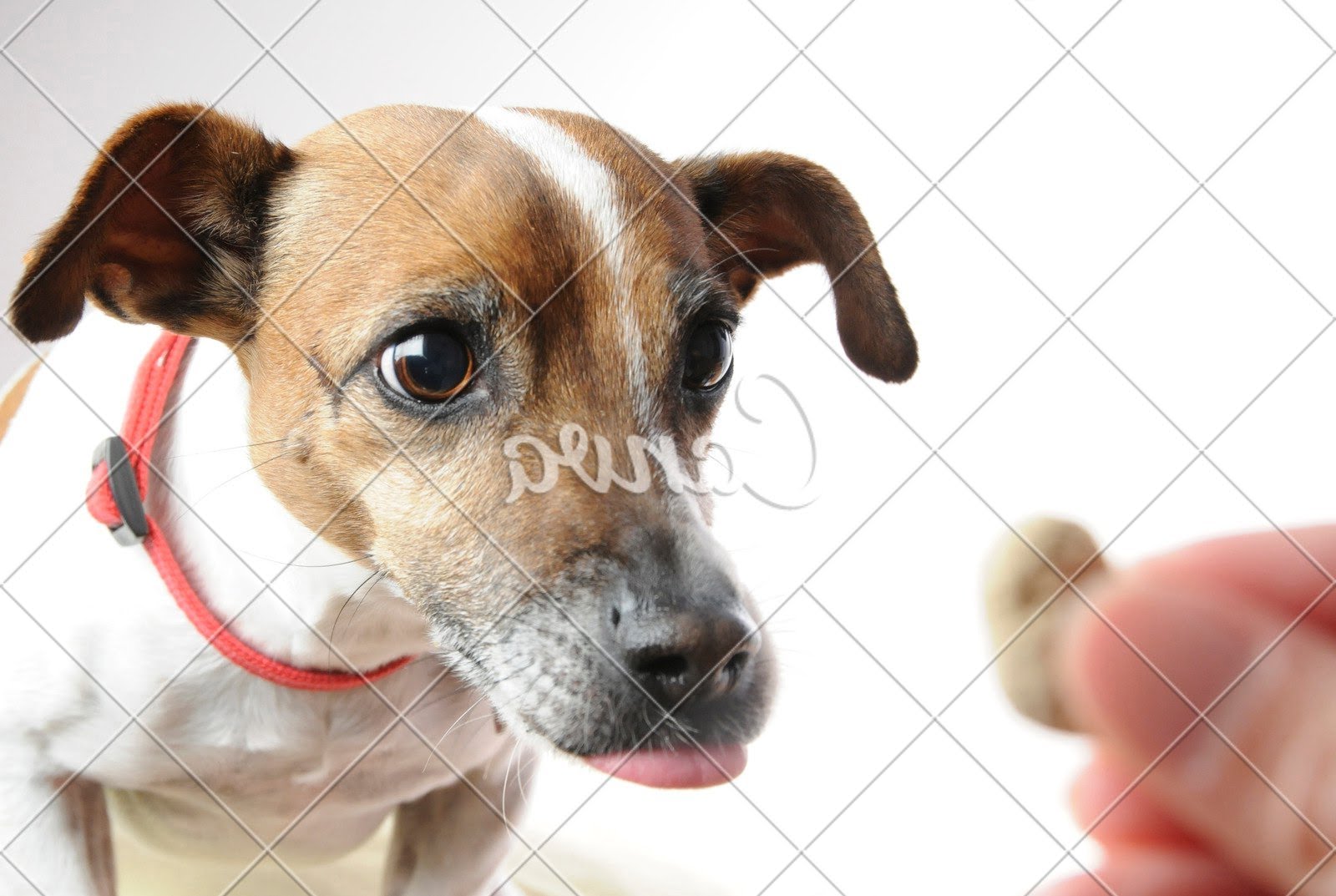Introduction
Clicker training is a type of positive reinforcement-based training that uses a clicking sound to signal a desired behavior from the dog. It is an effective way to communicate with your dog and to condition him or her in an efficient and humane way. Clicker training encourages dogs to think for themselves, which can result in improved obedience, problem solving skills, communication and relationship between owner and pet. In addition to improving these skills, clicker training can be used for basic commands such as “sit”, “down”, “come” and many others. The clicker also serves as a marker of reward and/or punishment which helps your dog learn more quickly. For example, it may take multiple repetitions with verbal praise alone before a dog understand how he or she should respond; using the clicker after the desired behavior (and immediately rewarding it) ensures that they understand what you’re asking of them and will start responding more quickly; this way you can build up complex behaviors much faster than if done without clicker training.
Preparing for Clicker Training
In order to properly train your dog with a clicker, you need several items. First, of course, you need a clicker. These can be found at most pet stores or online retailers. You will also need treats that your dog cannot easily resist- try different types and determine which is the most successful. It’s important to find treats that can be broken into small pieces to reward behaviors quickly and successfully. It’s also recommendable to invest in a training collar that can help guide your dog in the right direction should they not respond well to verbal cues. Additionally, have an area where you can work with your dog without distractions such as furniture, other pets and distractions from people outside the window or patio door. Lastly, make sure to have plenty of patience when working with your dog!
Introducing Clicker Training to Your Dog
Clicker training is a common method used by dog owners and trainers to reinforce desired behaviors. It uses positive reinforcement techniques, such as offering treats or praise, when the desired behavior is exhibited. To train your dog with a clicker, you will have to first understand how the process works.
To begin, start by attaching the clicker to a lanyard or piece of fabric on your arm so it is easily accessible during the training session. Next, decide what behavior you would like to reinforce and make sure you have some tasty treats on hand for when the behavior is completed. When your dog performs the desired behavior, press the button on the clicker at that moment and then provide them with a reward immediately afterwards.
It’s important to practice this regularly so your dog understands what is expected of them when they hear that familiar “click” sound. Start off slow with one-step behaviors (such as sit) and move onto two-step behaviors (sit followed by stay). With each successful step, use verbal praise and physical affection in addition to their reward. If your pup isn’t responding correctly be sure not to punish them as they can become confused between punishment and rewards associated with the clicker sound.
Once accustomed to the routine, you can increase difficulty (further commands) without needing to further introduce any prompts for them or losing progress made in previous lessons. Clicker training should always be done in an encouraging environment with minimal distractions – this will help improve results and ensure consistency in performance from your four-legged friend!
Clicker Training Basics
To train your dog with a clicker, begin by grabbing a few treats and your clicker. Start off by clicking the clicker right before giving your dog the treat. This allows the dog to associate a sound with a treat, so they will eventually look forward to hearing it. Continue click-treating at regular intervals while playing and praising at the same time. When you start teaching your dog new behaviors and commands, you may use the click-treat system while slowly increasing the length of time between clicks and rewards. You can also use an increased amount of verbal praise when your pet performs as desired.
When working on difficult behaviors with your dog for greater manifestations, remember that consistency is key! Do not just give up because it does not work the first time around; instead, reward every incremental step in order to encourage further successes from your pup. When introducing new commands or behaviors, take the time to show them what needs to be done each time; do not expect too much from young dogs who are still learning. Once they understand what is expected of them and have developed that behavior through consistent practice sessions, start adding distance and duration to it in order for them to better understand their task limits using positive reinforcement instead of reprimanding them for some mistakes.
Clicker Training Step-by-Step
1. Gather the Proper Supplies: Before you begin, make sure to have your dog clicker, treat pouch/container, and treats ready to go.
2. Begin with a Command: Start training by selecting one command for your dog (e.g., “sit”). When your dog has learned that command well, you can then introduce a new one.
3. Click Then Treat: Once your dog has been taught the command, stand facing him or her and give the verbal cue. As soon as he or she begins to respond correctly to the cue, press the clicker and immediately after reward your pet with a treat from your treat pouch/container. Make sure to pay attention in order to make sure that you successfully click right at the exact moment of success (and not before or after). Reinforce this behavior by continuing to do this past 100 successful responses until it becomes instinctive for them.
4. Proper Hand Placement Techniques: Hands-on placement techniques can be used while speaking the verbal cues in order to help improve response times and accuracy during training sessions. Place both hands above their head and lightly press down towards their shoulder blades while saying “sit” (or whatever command is being taught). Use firm pressure yet gentle motions so that the dog does not feel trapped in any way – just enough pressure so they are aware of the tactile request being asked of them combined with verbal cues from you should achieve desired action sequences and behaviors from your pup!
5. End Training Sessions on Positive Notes: It’s important that every training session ends on a positive note with successful results for both parties! Once all commands have been communicated properly and executed accordingly, be sure to praise your pup enthusiastically & give them a special treat or two since they worked so hard throughout reinforcement! With continued practice & patience, you’ll see how quickly your pup learns tricks & milestones soon come naturally!
Common Behavior Challenges
Clicker training is an effective and popular way to train your dog as it allows dogs to quickly understand what behaviors are desirable. With clicker training, owners can teach basic commands such as “sit” or “stay,” and even more complex behaviors in a positive and non-punishing manner. The goal of this method is to shape the desired behavior using reward-based reinforcement by pairing the click sound with treats, toys or verbal praise.
To get started with clicker training, it is important first to select the appropriate clicker. A simple two-piece noisemaker will suffice (most pet stores carry them!). Once you have chosen your clicker(s), you should make sure that they emit a consistent sound each time they are clicked; squeaky, buzzing or electronic models can help maintain uniform clicking noise levels.
Now you are ready to start training! Begin by introducing your dog to the idea of the clicker. With your dog’s attention on you (e.g., listening to your voice or looking at you for cues), make a clicking noise then offer your dog a reward such as a treat or toy. Repeat this several times so that your pup begins associating the sound of the click with receiving something tasty! As you continue to use the clicker during the training session, do not forget to reward good behaviors immediately following each successful repetition; some trainers recommend offering three quick rewards while others suggest one big reward after many successful attempts.
Once your pup has had some practice with rewarding positive behaviors after hearing clicks, begin teaching specific commands such as sit and stand. Each time your pup successfully carries out these instructions provide an immediate reward as well as a verbal cue in order for her recognition of commands becomes much clearer. It is also suggested that owners review their lessons using cues without physical corrections and allow long breaks filled with praise after gruelling hours of repetition; overall patience will result in best performance from both parties – owner and pup alike!
Practicing Clicker Training
When training your dog using clicker training, it is important to set realistic goals and know how to measure progress towards those goals. If your goal is to teach your dog new behaviors, you should make sure that your session has enough time for both rewarding the behavior and a break in between teaching phases. Depending on the type of behavior being taught, each session should last anywhere from five minutes to an hour.
Another way to ensure progress is to track the difficulty level of the tasks you set out for your dog. If your dog is successful in completing simple tasks like sitting when prompted, then gradually increase the difficulty by asking them to complete more complicated behaviors such as fetching items or heeling during walks. To measure success you can also identify certain milestones along with a reward; once a milestone is achieved, then gradually move onto the next level of instruction with higher expectations.
Clicker Training Troubleshooting
Using clicker training is a great way to help train your dog and get them familiarized with a range of behaviors. Although it can be an effective tool, there are times when problems may arise. Here are some tips to keep in mind if you’re having trouble getting the desired outcomes from your clicker training sessions:
1. Be patient & consistent – It’s important that you remain consistent with your commands and enforce reward-based behavior consistently. Don’t forget to give your dog plenty of praise or treats when they do something correctly, as this reinforces their positive behavior.
2. Take breaks – Training can be taxing for both you and your dog, so be sure to watch for signs of fatigue or boredom. If either of you start to feel frustrated, take a break and come back to the process later on so the results will be much better.
3. Work on one command at a time – Trying to focus on too many commands simultaneously is confusing and counter productive for both parties involved. Instead, stick with just one command per session so that the desired behavior becomes ingrained more quickly without becoming overly-taxing on anyone involved.
4. Use positive reinforcement – When rewards are offered – such as a treat or verbal praise – during desirable behaviors it reinforces those behaviors in the dog’s mind and encourages them to keep doing them favorably afterwards as well.
5. Monitor progress regularly – In order to ensure that you’re progressing towards desired outcomes, monitor how well the training is going over time – look for small successes rather than major leaps forward in measurable increments so that everything stays on track with minimal effort exerted from all parties involved
Clicker Training Advanced Techniques
Once you have familiarized your dog with the basics of clicker training, such as associating the sound of the clicker to a reward, it’s time to move on to more advanced techniques. The goal of clicker training is to teach your dog a set of behaviors that they can then perform on command. Training should remain positive and rewarding every step of the way.
When introducing a new behavior, begin by breaking it down into smaller components. For instance, if you are teaching your dog to sit on command, break it down into more manageable steps: Begin by providing a verbal cue in combination with a physical prompt such as guiding the dog’s back end towards the floor with pressure and luring them with treats. As soon as your dog performs the behavior correctly, click and treat.
Next, work on adding in hand signals for clarity and to help reinforce visual understanding from both yourself and your pup (especially helpful when working in distracting environments). Initially deliver both verbal cues as well as visual cues simultaneously so that your pup understands what you expect them to do – once this has been established move onto just providing visual cues followed by rewards for success.
After becoming comfortable working on both verbal commands and hand signals separately and together, try gradually increasing distances between yourself and your pup while continuing to reward behaviours. You can also practice having them perform multiple behaviors in sequence before they receive their treat reward or use longer lasting goodies like toys/bones/antlers instead of treats as rewards – this will extend training sessions without causing boredom or frustration! If necessary during an especially difficult session step back and work through some basics once again before returning to introduce more complex tasks; often times even just taking a few breaths helps reset the energy in order to make good progress!
Wrapping Up Clicker Training
To wrap up your dog’s clicker training, it is important to celebrate their successes. Treats and verbal praise are key rewards for your pup as they learn new behaviors. Verbal praise can be as simple as saying ‘Good job’ or ‘Well done.’ Treats can range from pieces of kibble to smelly treats that are too hard for your pup to resist. Additionally, playing a game or engaging in an activity that your pup enjoys can also be used as a reward for successful behavior.
An important thing to keep in mind is that clicker training does not end when the task at hand is completed. In order to make sure that the behavior sticks, it is important to continue reinforcing positive behaviors with treats and verbal praise. That way, if you ever need to remind your pup of what was learned in training, it will come back quickly and easily. Additionally, you should use other methods such as shaping and luring for continued training sessions so your pup’s natural instinct becomes reactivity rather than impulsiveness when presented with opportunities that require obedience or responding skills. It’s also a great idea to regularly check-in with how far along the tasks have been mastered As well as add more complex tasks (by raising criteria) to further refine the trained response patterns; positively reinforcing each step they take in development.

Welcome to the blog! I am a professional dog trainer and have been working with dogs for many years. In this blog, I will be discussing various topics related to dog training, including tips, tricks, and advice. I hope you find this information helpful and informative. Thanks for reading!





